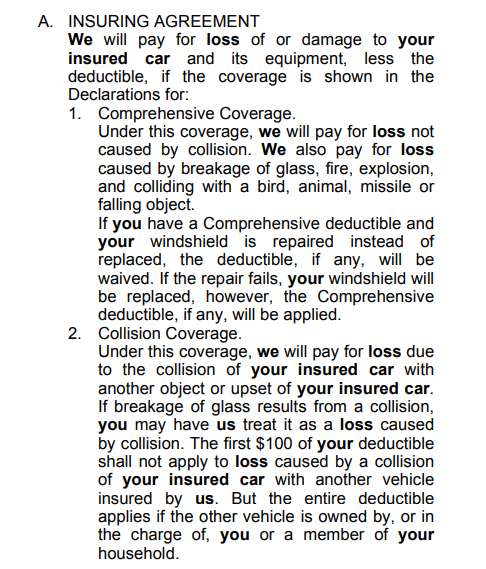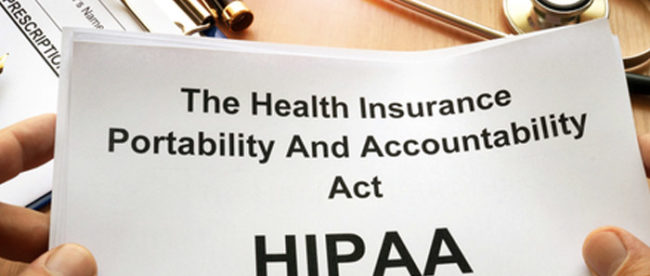Some Known Incorrect Statements About Pacific Prime
Wiki Article
How Pacific Prime can Save You Time, Stress, and Money.
Table of ContentsThe Ultimate Guide To Pacific PrimeGetting The Pacific Prime To WorkAll about Pacific PrimeThe smart Trick of Pacific Prime That Nobody is DiscussingOur Pacific Prime Statements

This is due to the fact that the data were accumulated for a duration of strong financial performance. Of the estimated 42 million individuals who were without insurance, almost regarding 420,000 (about 1 percent) were under 65 years of age, the age at which most Americans come to be eligible for Medicare; 32 million were grownups in between ages 18 and 65, about 19 percent of all grownups in this age; and 10 million were children under 18 years of age, regarding 13.9 percent of all youngsters (Mills, 2000).
These estimates of the variety of individuals uninsured are produced from the yearly March Supplement to the Current Population Study (CPS), performed by the Census Bureau. Unless otherwise kept in mind, nationwide estimates of people without medical insurance and proportions of the populace with various kinds of protection are based upon the CPS, one of the most widely utilized resource of price quotes of insurance coverage and uninsurance rates.
Not known Details About Pacific Prime

Still, the CPS is especially useful because it produces annual estimates relatively rapidly, reporting the previous year's insurance coverage estimates each September, and since it is the basis for a constant collection of price quotes for even more than two decades, permitting analysis of trends in insurance coverage over time. For these factors, along with the extensive use the CPS in other research studies of insurance coverage that are presented in this report, we count on CPS estimates, with restrictions noted.

The estimate of the number of uninsured people broadens when a population's insurance coverage condition is tracked for numerous years. Over a three-year duration starting early in 1993, 72 million people, 29 percent of the united state populace, lacked protection for at least one month. Within a solitary year (1994 ), 53 million individuals experienced a minimum of a month without coverage (Bennefield, 1998a)
6 out of every ten uninsured grownups are themselves utilized. Working does boost the probability that one and one's family participants will have insurance policy, it is not an assurance. Even participants of families with 2 full time wage earners have virtually a one-in-ten possibility of being without insurance (9.1 percent uninsured price) (Hoffman and Discover More Pohl, 2000).
Pacific Prime Can Be Fun For Everyone
New immigrants account for a substantial percentage of people without medical insurance. One evaluation has actually attributed a significant part of the current development in the dimension of the U.S. uninsured population to immigrants that got here in the nation between 1994 and 1998 (Camarota and Edwards, 2000). Recent immigrants (those who pertained to the USA within the past four years) do have a high rate of being without insurance (46 percent), yet they and their children represent just 6 percent of those without insurance coverage across the country (Holahan et al., 2001).The partnership between health and wellness insurance coverage and accessibility to care is well developed, as documented later in this chapter. The connection between health and wellness insurance coverage and health and wellness results is neither straight nor easy, a comprehensive medical and health and wellness services research literary works links health insurance policy coverage to improved accessibility to care, better high quality, and enhanced individual and population health status.
Levels of evaluation for examining the results of uninsurance. It focuses particularly on those without any health and wellness insurance for any kind of length of time.
Pacific Prime for Beginners
The issues faced by the underinsured remain in some areas similar to those faced by the without insurance, although they are generally less severe. international health insurance. Uninsurance and underinsurance, however, involve definitely different policy issues, and the strategies for addressing them might vary. Throughout this research and the 5 records to comply with, the primary focus is on individuals without wellness insurance policy and therefore no support in paying for healthcare beyond what is readily available via charity and safety and security web organizations
Medical insurance is a powerful variable impacting receipt of care due to the fact that both individuals and doctors react to the out-of-pocket rate of solutions - https://www.tripadvisor.in/Profile/pacificpr1me. Wellness insurance policy, nonetheless, is neither essential neither enough to access to medical solutions. The independent and straight result of health and wellness insurance coverage on accessibility to health and wellness services is well established.
Others will obtain the wellness care they require also without health insurance policy, by spending for it out of pocket or seeking it from providers that provide treatment cost-free or at highly subsidized prices. For still others, medical insurance alone does not make sure invoice of care due to other nonfinancial barriers, such as an absence of healthcare providers in their neighborhood, limited access to transport, illiteracy, or linguistic and social differences.
Rumored Buzz on Pacific Prime
Official study about uninsured populaces in the USA dates to the late 1920s and early 1930s when the Committee on the Expense of Treatment created a series of records concerning funding medical professional workplace gos to and hospital stays. This concern came to be salient as the numbers of medically indigent climbed during the Great Anxiety.Report this wiki page